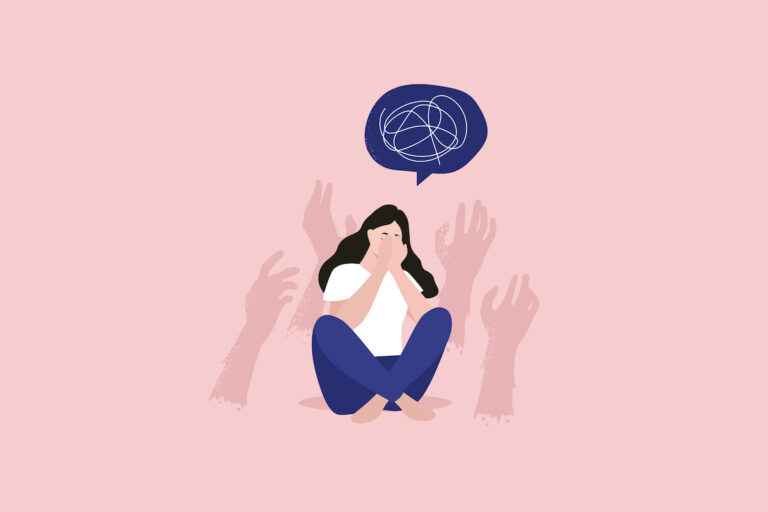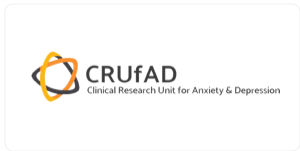Three Simple Skills to Tame Your Anxiety

Anxiety and stress are linked to the fight-or-flight response – our body’s natural response to threats in our environment.
The fight-or-flight response is associated with numerous changes in our body, such as an increased heart rate, rapid breathing, sweaty palms, and the feeling of butterflies in our stomachs. These bodily changes serve to increase our energy reserves so that we can fight or run away from threats to our survival.
However, sometimes our fight-or-flight response may be triggered excessively or unnecessarily (i.e., in situations where there is no actual threat present). It can feel like an alarm signalling ‘danger’, even when we are not under threat. This is often the case among people experiencing difficulties with anxiety or stress.
Managing in the Moment
When the physical symptoms of anxiety are particularly strong, we need to find a way to bring our body back to baseline before we can target their underlying causes. Fortunately, there are numerous coping skills that can be used to reduce the physical symptoms of anxiety and stress, which can, in turn, put us in a better position to address the thoughts and behaviours that drive these feelings.
You can learn to bring your body back to baseline with these three quick and simple skills. Take a moment to watch the videos for step-by-step instructions on how to practice these techniques.
1. Controlled Breathing
One skill that can be used to manage the physical sensations of stress and anxiety is controlled breathing. As noted earlier, the fight-or-flight response can be associated with rapid breathing. Controlled breathing is a skill that can be used to slow our breathing, helping us feel more calm and in control of our emotions.
2. Progressive Muscle Relaxation
Another coping skill is progressive muscle relaxation, which involves tensing and relaxing different parts of our bodies. When people feel anxious or stressed, they tend to experience tightness or tension in their muscles. Progressive muscle relaxation is a way of reducing this tension and relaxing our bodies.
3. Mindfulness
A third coping skill that can be used to reduce the intensity of the fight-or-flight response is mindfulness. When we feel anxious or stress, our focus tends to be on the past or the future – for example, we might worry about a friend judging us about something we said, or about a meeting going poorly. Mindfulness is a way of redirecting our attention to the present moment, in a non-judgmental, open and accepting way, reducing our struggle with worries about the past or future.
Breath, Relax, and Stay in the Moment
Using skills like controlled breathing, progressive muscle relaxation and mindfulness can help to reduce the physical anxiety symptoms, which can put us in a better headspace to address the thoughts and behaviours that contribute to an overactive fight-or-flight response.
In addition to introducing coping skills that address the physical symptoms of anxiety, the programs available on THIS WAY UP go through cognitive and behavioural strategies that target the underlying causes of anxiety. Check out our programs here.
Plus! Find more coping and resilience tools here.
Not Sure which program is for you?
Take a Test to Help You Choose a Program
If you’re unsure which program to pick, take our anonymous online test to check how you feel and see which program may be suitable. This test will show you your levels of stress, anxiety, or depression and will make suggestions on what you can do next.




